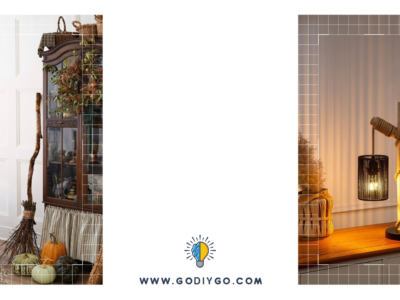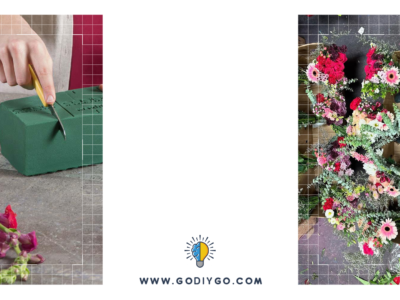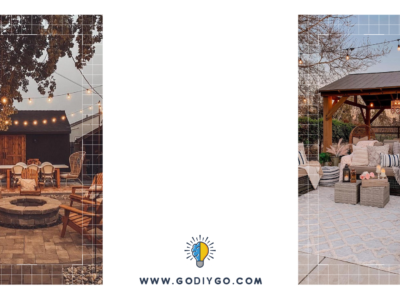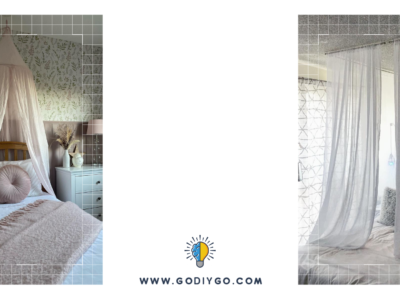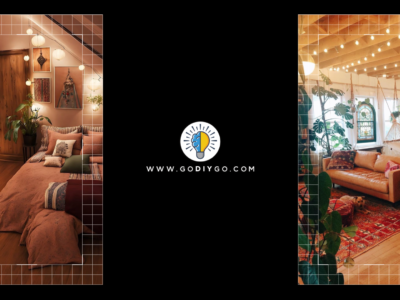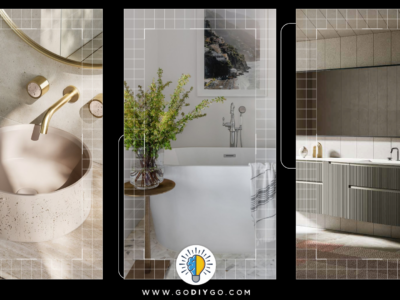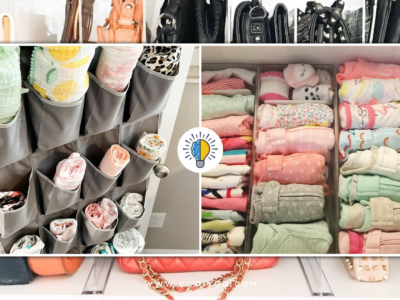
There is nothing more satisfying than creating something with your own two hands but are you aware of the damage you can cause to the environment around you?
A DIY home project should add value to your home as well as its natural surroundings without losing the main goal of saving money.
Choosing to go green?
Here are some sustainable tips on how to make your DIY home eco-friendly.
Reuse Recycle and Donate
If you plan on doing a DIY consider these three key rules: reuse, recycle and donate. Reuse what you can in all aspects of the project.
Instead of demolishing and destroying, try using the process of deconstruction instead. As tempting as it is to sledgehammer your old cabinets, it’ll save money to deconstruct them and give them a new purpose. Consider using the wood to create a custom bookcase. Not only does another part of your home get an upgrade, but you also save your wood from a trip to the landfill.
If reusing materials won’t work, take the extra step to make sure they are recycled. Different types of materials and metals require different disposal practices, and a quick stop at your local recycling center will help you determine where everything goes.
If your unused items aren’t reusable and can’t be recycled properly, consider rehoming by donating them to local organizations. Community shelters and government agencies often need items like refrigerators and other appliances. If those appliances won’t work for your space, your trash may just be their treasure.
DIY Home Project Energy Saver
Most DIY projects need the use of power tools, electrical equipment, and light sources for adequate lighting. All that electricity running can not only cost you a huge electricity bill, but the more power used equals more emissions to generate it.
How do you reduce your carbon footprint if you need electricity to complete your DIY home project? The answer to this is switching to solar.
Solar relies entirely on energy gathered from the sun. It is clean energy that doesn’t release any emissions to produce it. Plus, you’ll get the perks of solar savings that’ll reduce how much you spend on electricity.
Eco-Friendly Products
There are many alternatives to harmful materials that can hurt the environment, and with a DIY, you have more time to thoroughly research sustainable products you can use.
Certain paints, for example, emit volatile organic compounds (VOCs) into the air as it dries. By switching to VOC-free paint, you are preventing exposure to toxic chemicals in the air as well as in your home.
With any DIY project comes mess, and if you’re not careful, those harmful cleaners can add up to cause harmful exposure. Take the time to research alternative cleaners that’s free of harmful chemicals like formaldehyde and chloride.
Little Changes, Big Impact
Creating an eco-friendly DIY home project doesn’t always happen overnight, but as you start to make small changes with energy efficiency and recycling, you’ll notice that small actions make a big impact.
Enhance your love for DIY by starting your green home projects today.
For more DIY tips, check out our DIY Furniture tab.








